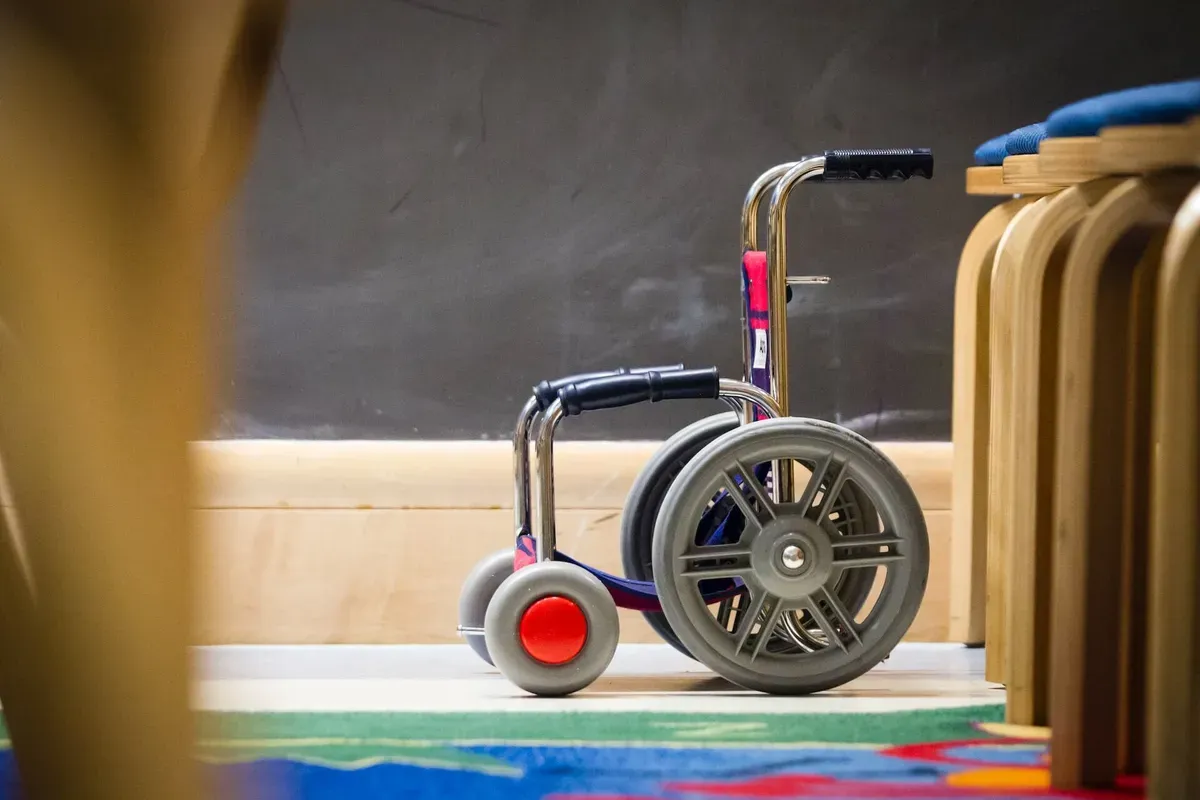
Pediatric Physical Therapy
Learn about Pediatric Physical Therapy. This guide provides information, techniques, and resources for healthcare professionals working with children.
Get carepatron free
Commonly asked questions
The goal of pediatric physical therapy is to improve a child's movement abilities, function, and overall quality of life through targeted exercises and activities customized to meet the child's individual needs and goals.
Pediatric physical therapy can be helpful for a wide range of conditions, including developmental delays, neurological disorders, genetic disorders, musculoskeletal injuries, and other physical disabilities that impact a child's ability to move and function.
The length of pediatric physical therapy can vary depending on the child's needs and goals. Some children may only require a few sessions to address a specific issue, while others may require ongoing therapy for an extended period to achieve the desired results.







